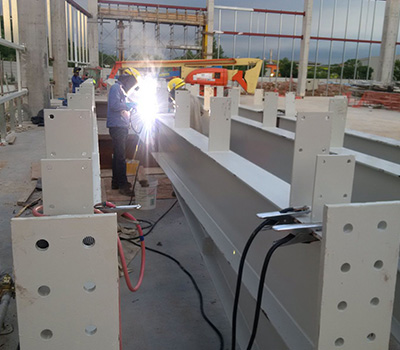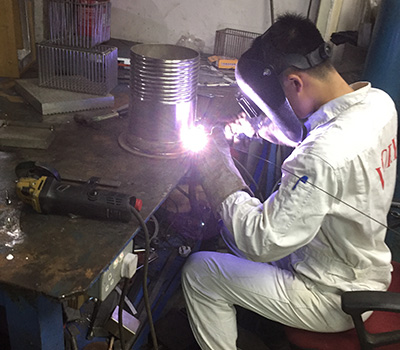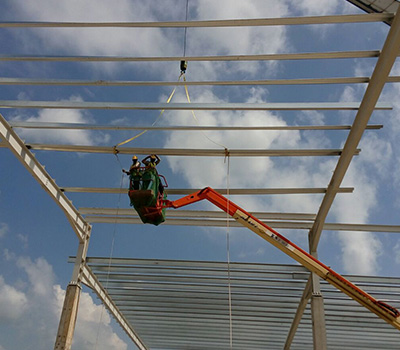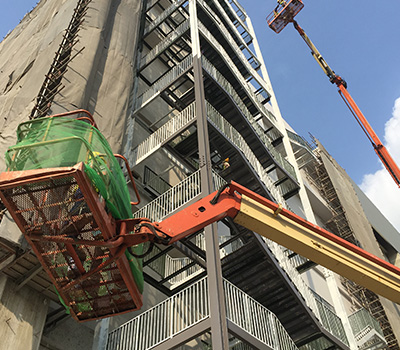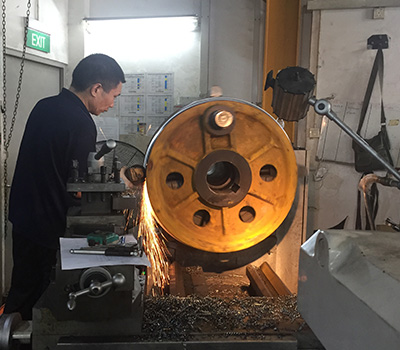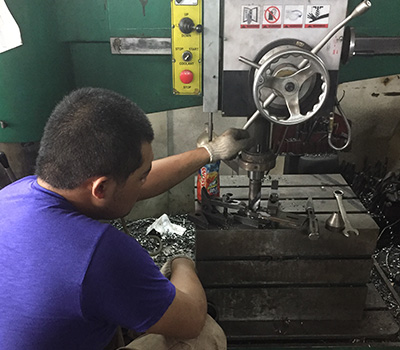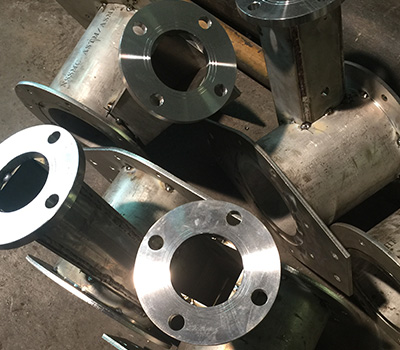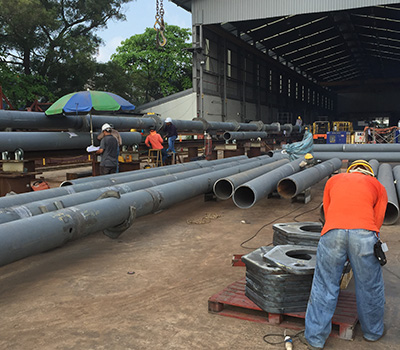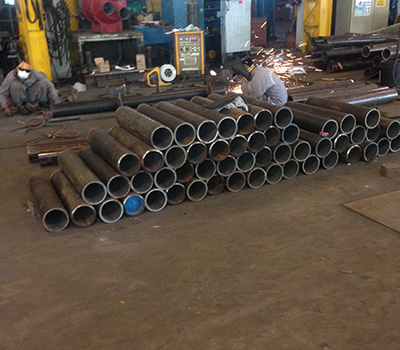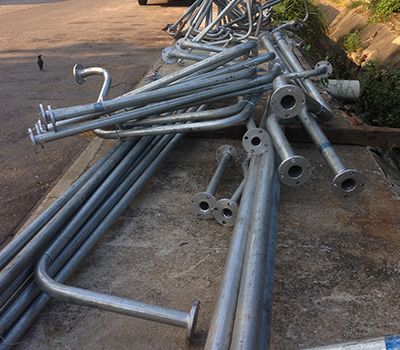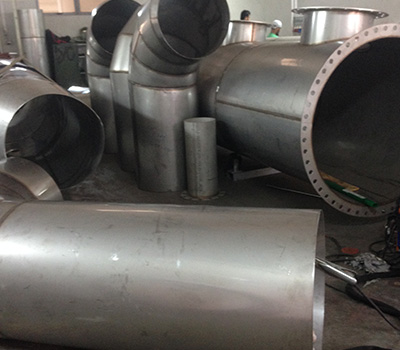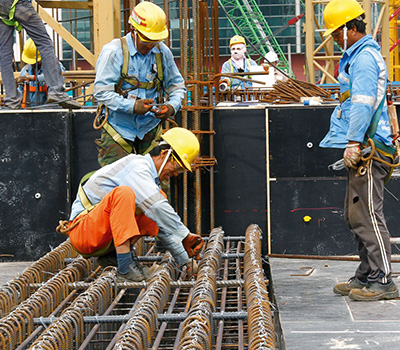Steel Fabrication
Steel fabrication is the building of metal structures by welding, cutting, bending and assembling processes. It is a value-added process that involves the construction machines and structures from various raw materials. We will bid on a job, usually based on the engineering drawings and if awarded the contract will build the products. Our company will employ a multitude of value added processes in one plant or facility including welding, cutting, forming and machining.
We offer additional value to their customers by limiting the need for purchasing personal to locate multiple vendors different services measurements then move to the fabrication stage and finally to the installation of the final project. Typical projects include loose parts, structural frames for building and heavy equipment, stairs and hand railing for buildings.
Standard raw materials used for steel fabrications are
- Plate metal
- Formed and expanded metal
- Tube stock
- Welding wire / Welding rod
- Casting
Structural Installation
GS Metal has worked on a wide range of structural steel fabrication projects. We designed and build Process Piping Structural Steel Supports, Pipe Bridge, Slope Tanks Bottom Support, Tank Anchoring Support Systems, Structural Steel Foundations, Support Foundation for all types of equipment, Handrails, Platforms, Catwalks, Ladders, Plate and Structural Steel Fabrication, Machine Guarding and Structural Steel Repair and Restoration, Along with the design process, we can safely install all structural systems we design for your project while staying within budget and schedule limitations.
We design and estimate a project ahead of time for customers, for their next year or two budgeting and work with them along the way to accomplish that.
GS Metal is a diversified contractor who creates effective solutions to difficult problems. In addition to our fabrication and installation services, we also do short and longterm maintenance programs. Through the use of our construction management and consulting services, we can help your company get your structural steel fabrication and installation projects off the ground!
Machine Works
A grinding machine, often shortened to grinder, is any of various power tools or machine tools used for grinding, which is a type of machining using an abrasive wheel as the cutting tool. Each grain of abrasive on the wheel’s surface cuts a small chip from the workpiece via sheared formation.
Grinding is used to finish workpieces that must show high surface quality (e.g., low surface roughness) and high accuracy of shape and dimension. As the accuracy in dimensions in grinding is on the order of 0.000025 mm, in most applications, it tends to be a finishing operation and removes comparatively little metal, about 0.25 to 0.50 mm depth. However, there are some roughing applications in which grinding removes high volumes of metal quite rapidly. Tool and cutter grinder and the D-bit grinder. These usually can perform the minor function of the drill bit grinder, or other specialist toolroom grinding operations.
Jig grinder, which as the name implies, has a variety of uses when finishing jigs, dies, and fixtures. Its primary function is in the realm of grinding holes and pins. It can also be used for complex surface grinding to finish work started on a mill. Gear grinder, which is usually employed as the final machining process when manufacturing a high-precision gear. The primary function of these machines is to remove the remaining few thousandths of an inch of material left by other manufacturing methods (such as gashing or hobbling).
Die grinder, which is a high-speed hand-held rotary tool with a small diameter grinding bit. They are typically air driven (using compressed air), but can be driven with a small electric motor directly or via a flexible shaft.
Painting Works
Spray painting is a painting technique where a device sprays a coating (paint, ink, varnish, etc.) through the air on to a surface. The most common types employ compressed gas – usually air – to atomize and direct the paint particles. Spray guns evolved from airbrushes and the two are usually distinguished by their size and the size of the spray pattern they produce.
Airbrushes are hand-held and used instead of a brush for detailed work such as photo retouching, painting nails or fine art. Air gun spraying uses equipment that is generally larger. It is typically used for covering large surfaces with an even coating of liquid. Spray guns can be either automated or hand-held and have interchangeable heads to allow for different spray patterns. Single color aerosol paint cans are portable and easy to store.
Pipe Works
GS Metal will consider the expansion, extraction, stress, strain, seismic requirements and material selection (Carbon Steel, Stainless Steel, Aluminium and Plastic) when designing pipe support or a pipe bridge.
Construction Works
Construction work is defined as any work carried out in connection with the construction, alteration, conversion, fitting-out, commissioning, renovation, repair, maintenance, refurbishment, demolition, decommissioning or dismantling of a structure. Construction is a high-risk activity, which must be managed from procurement, through the design process and to the end of the construction stage. Everyone involved in a building project must appreciate their role, from the client, project supervisor design process (PSDP), designer, project supervisor construction stage (PSCS), contractor and employees.

